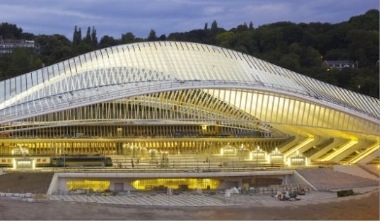This is well worth your time. Dr. Rosen just completed her doctorate here at the Price School. Here’s the seminar:
And here’s an abstract:
Beginning in the early 2000s, community development agreements emerged as a land development innovation intended to foster equitable development and enhance community control. Under community development agreements, including community benefits agreements and project labor agreements with community workforce provisions, stakeholders leverage urban growth to promote community development and facilitate urban development. These agreements enter into a long history of land use exactions and bargaining for development, but introduce a new way of governing urban development, one that can either circumvent or supplement existing land use approval and policy formulation procedures, in favor of deliberation directly between stakeholders to create local benefits distribution policies through agreement.
However, early evidence indicates that many community development agreements are not producing all of their promised outcomes to community stakeholders, and little research has explored how implementation occurs. Existing theory on consensus building and deliberative governance overlooks implementation, but provides reason to believe that these agreements may systematically fail to deliver substantive change to marginalized groups, including community stakeholders, despite good faith deliberation and consensus. In this dissertation, I build four case studies to examine a) agreement, b) how, and the extent to which, community development agreements produce outcomes, and c) how stakeholder interests and incentives may shift during implementation and influence outcomes delivery.
I find that community stakeholders may have little direct control over outcomes delivery. They must rely on other stakeholders to realize their benefits. Community outcomes are among the last to materialize, after other stakeholders may have achieved their original goals and retain little incentive to produce community outcomes. In such cases, community stakeholders can use indirect tactics, including community monitoring and enforcement, to induce other stakeholders to produce community outcomes, but at a significant cost. This implies that community development agreements offer a fundamentally limited, though potentially net positive, strategy for generating lasting community change.



